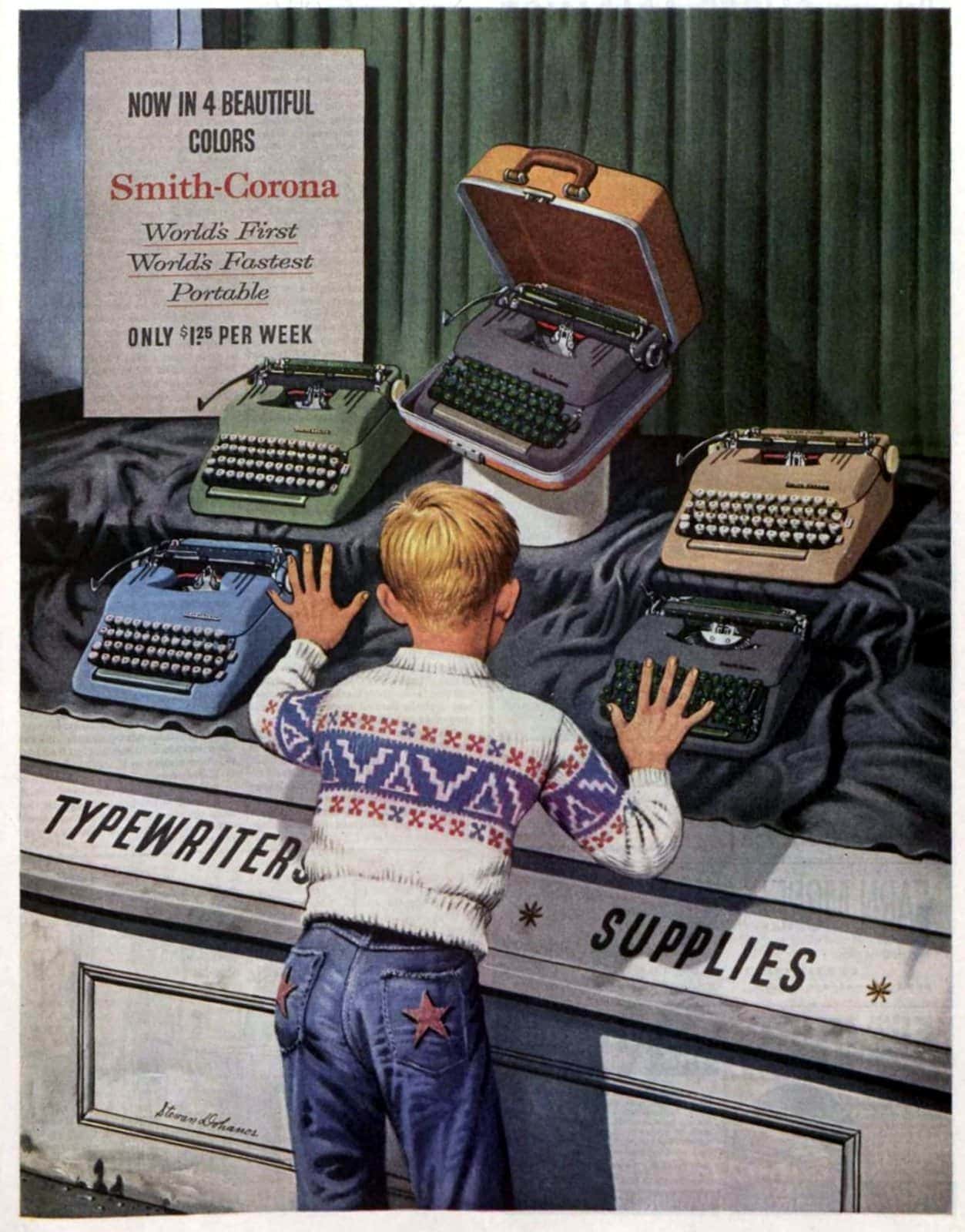reply to u/SisterGoldenHair70 at https://reddit.com/r/typewriters/comments/1lbjr5f/sorry_to_say/mxz1ag2/
I'm honestly curious about your definition of a "machine that only cost $250" is? Make/Model? Where was it bought? What is the actual condition (both cosmetic exterior and mechanical interior as well as cleanliness)? Also, what is your definition of investment with respect to how you're going to use it? Is it a display machine? Is it for display and the occasional addressed envelope or grocery store list? Or is it something you're planning on giving moderate to heavy use on a daily or weekly basis as a professional writer?
Most typewriter repair shops won't spend more than $20 on purchasing a machine and typically they're getting machines donated for free (or for the cost of coming to pick them up); then they spend hours to clean, oil, adjust, repair and restore them for sale in the $400-600 range unless they've got rarer colors or typefaces. (At this level, you're probably not getting any new rubber at all.) The level of restoration is definitely a choice as there are restorers out there who can easlily charge in the $1,500+ range depending on how much work you want done and to what level.
As an example, if someone chooses to spend $120-200 pus shipping on something like an old/dirty Olympia SM3 with old gaskets from an outlet like ShopGoodwill.com (the current going rate for one in unknown condition and only using photos) that is going to need several hundred dollars of repair work, that's their choice. If they don't have the expertise, it's far better to buy one outright in the $500 range from a shop. Usually people are just keeping that $120 machine and limping along with what it offers instead of cleaning it up or they attempt to do the clean up work themselves. This work may seem "free", but it's time, effort, and expense of one sort or another. Economists call this opportunity cost.
There is a massive information imbalance in the typewriter market between buyers and sellers, because incredibly few people really have any idea of what they've got and what sort of condition it is in. This imbalance means that most professional shops are an absolute steal if you're looking for something in excellent condition that's going to be a work-a-day typewriter or be in good shape for another 50-75 years.
As a small example, an indiviual could call JJ Short and get a platen recovered for around $100 plus two way shipping, but you take it to a shop and you're probably looking at $180 because they're going to charge you for the time, effort, and cost of knowing what to do, where to ship it, taking it off, putting it back on, and doing the appropriate ring & cylinder, on-feet, and motion adjustments on
























 A bumper sticker that reads: "Government Can't Hack My Typewriter" with an image of a Smith-Corona flattop.
A bumper sticker that reads: "Government Can't Hack My Typewriter" with an image of a Smith-Corona flattop.
